BAIKONUR COSMODROME, Kazakhstan — Since the launch of Sputnik and Yury Gagarin from the desert steppe of Kazakhstan over 60 years ago, the history of spaceflight has been measured in milestones.
The first satellite, the first human in space, the first to the Moon. But the launch of Soyuz MS-17 on Wednesday was a different kind of milestone: the end of an era.
At 10:45 a.m. local time, a Soyuz rocket blasted off from Baikonur Cosmodrome, Russia’s sprawling and remote space launch facility in Kazakhstan, to the International Space Station.
It was the last time NASA paid for an American astronaut to fly with the Russian Space Agency, Roscosmos, on such a flight. Next year, for the first time since the start of the ISS program 20 years ago, Russia will fly all-Russian crews on Soyuz.
Wednesday’s launch will carry cosmonauts Sergei Ryzhikov and Sergei Kud-Sverchkov, along with NASA astronaut Kathleen Rubins, the 250 miles to the station in just three hours and seven minutes.
But in just a few weeks’ time, NASA will begin flying its astronauts to ISS aboard the SpaceX Crew Dragon spacecraft. The agency hopes to eventually allow Russian cosmonauts aboard the Dragon, but it is unclear when that will happen.
A Roscosmos spokesperson told NBC News there were no definite plans for any Russian to join the U.S. venture, adding that this question was inexorably linked to future U.S. rides on Soyuz.
Stephen Koerner, NASA’s director of flight operations at the Johnson Space Center in Houston, said it will be at least a year before any kind of seat swaps are made.
“It really will depend on having the U.S. crew vehicles launching at some cadance,” he said.
The cooperation between NASA and Roscosmos aboard the International Space Station has been a success. Both sides regularly praise each other and speak highly of their relationship, but this partnership was the product of a different era in U.S.-Russia relations.
“The cooperation between the United States and [Russia] occurred because changes in that part of the world made it possible,” said Susan Eisenhower, author of Partners in Space: US-Russian Cooperation after the Cold War.
“However, the ensuing partnership in space occurred because it served the interest of both countries.
After years of preparation and construction, ISS was ready for service as a far-flung embodiment of post-Cold War reconciliation and cooperation between old rivals.
When NASA retired the U.S. space shuttle program in 2011, it was left entirely dependent on purchasing rides from Russia – a transaction that has subsidized Russia’s launch efforts for a decade. This dependence became a hot-button political issue for NASA domestically after Russia’s annexation of Crimea in 2014.
There were efforts made by government officials on both sides at this time to politicize the relationship and use it to somehow punish the other. On the Russian side, the then-Deputy Prime Minister Dmitry Rogozin threatened to cut NASA off from rides to ISS in response to U.S. sanctions against him and Russia for its actions in Ukraine.
These comments prompted a greater sense of urgency in U.S. efforts to field new spacecraft capable of delivering U.S. astronauts to ISS. The result is SpaceX’s Crew Dragon and another vehicle designed by Boeing that will fly later next year.
“While bilateral relations may be strained in these times, it is critical that there be some area of endeavor that stays above geopolitics,” Eisenhower said. “It would be a shame if this, our last area of productive cooperation, were to be effectively abandoned.”
As part of its efforts to launch a new Moon program, NASA has proposed the construction of a new space station in lunar orbit called Lunar Gateway, and has invited all ISS partners to participate. But NASA administrator Jim Bridenstine said Monday that Roscosmos has yet to say whether it will participate.
Rogozin, now the head of Roscosmos, said at a space conference on Monday: “In our view the Gateway in its current form is too U.S.-centric … so will most likely refrain from large-scale participation in [the project].”
“Under the current political circumstances and trends in U.S.-Russia relations, I think there is no future of bilateral space relations,” says Russian space policy analyst Pavel Luzin.

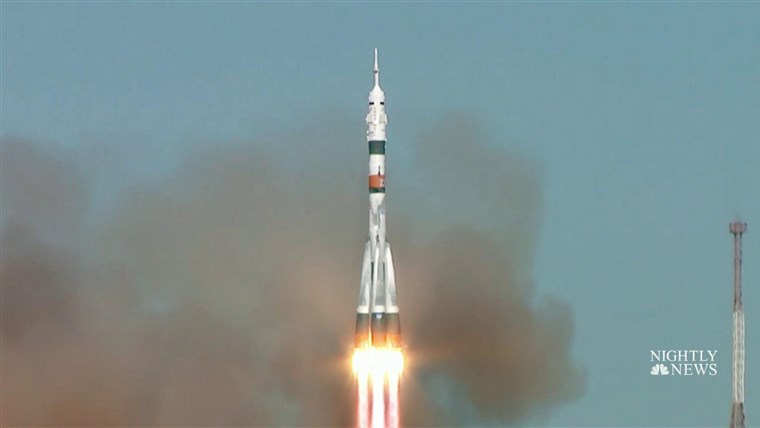
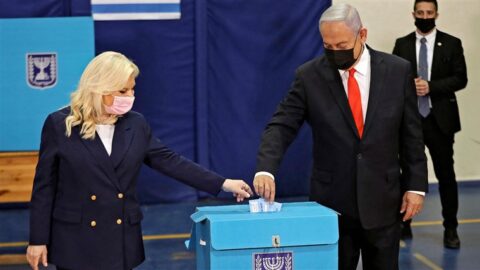



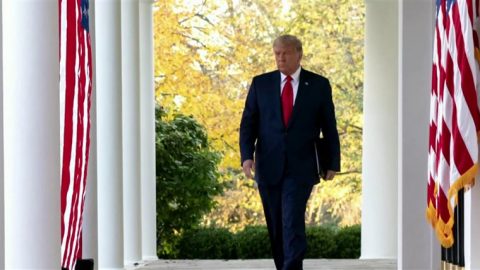
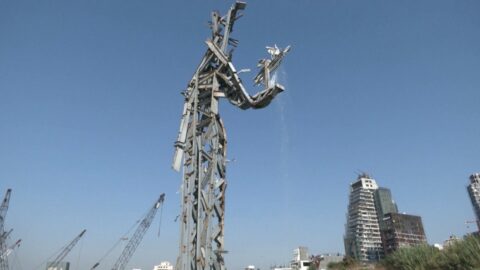
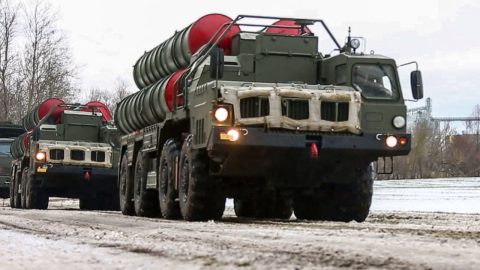

Recent Comments